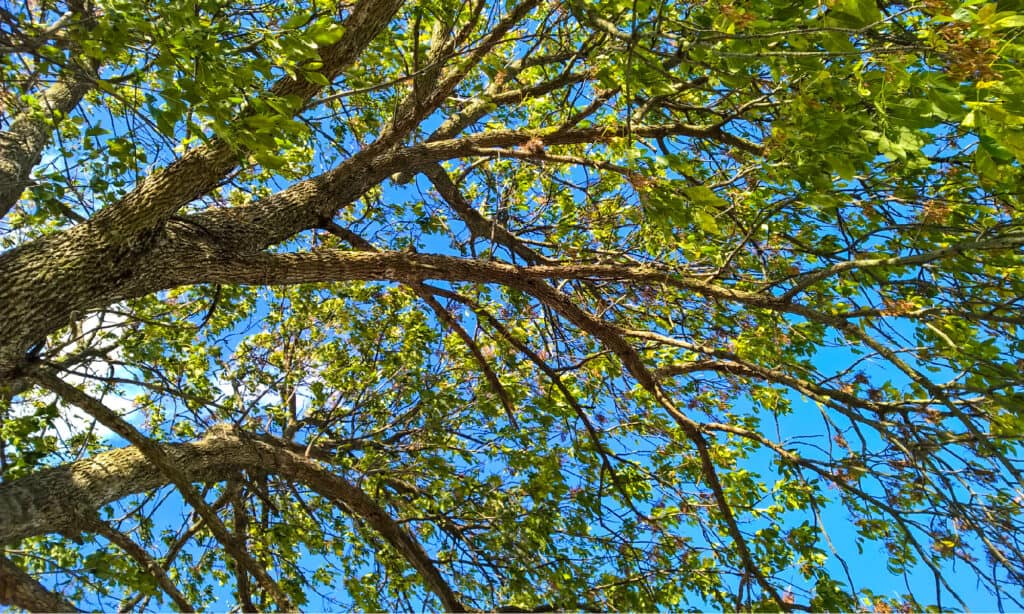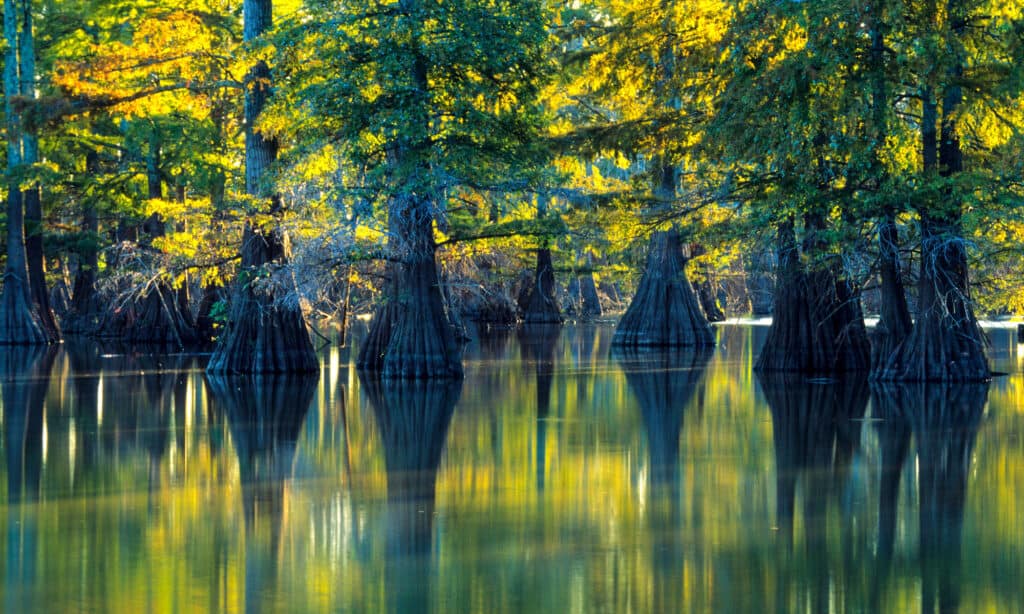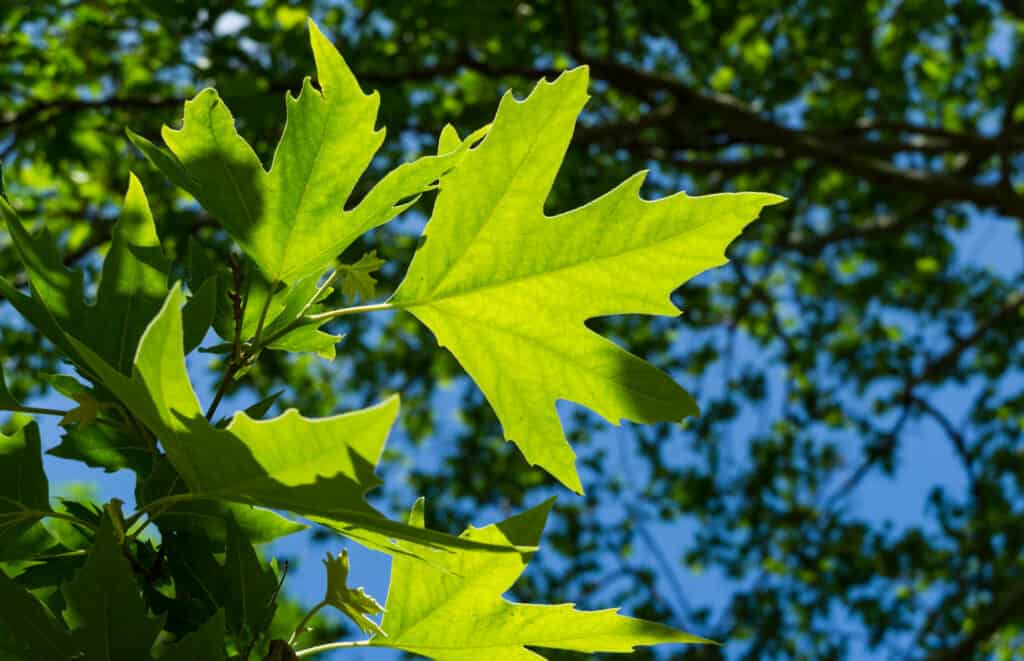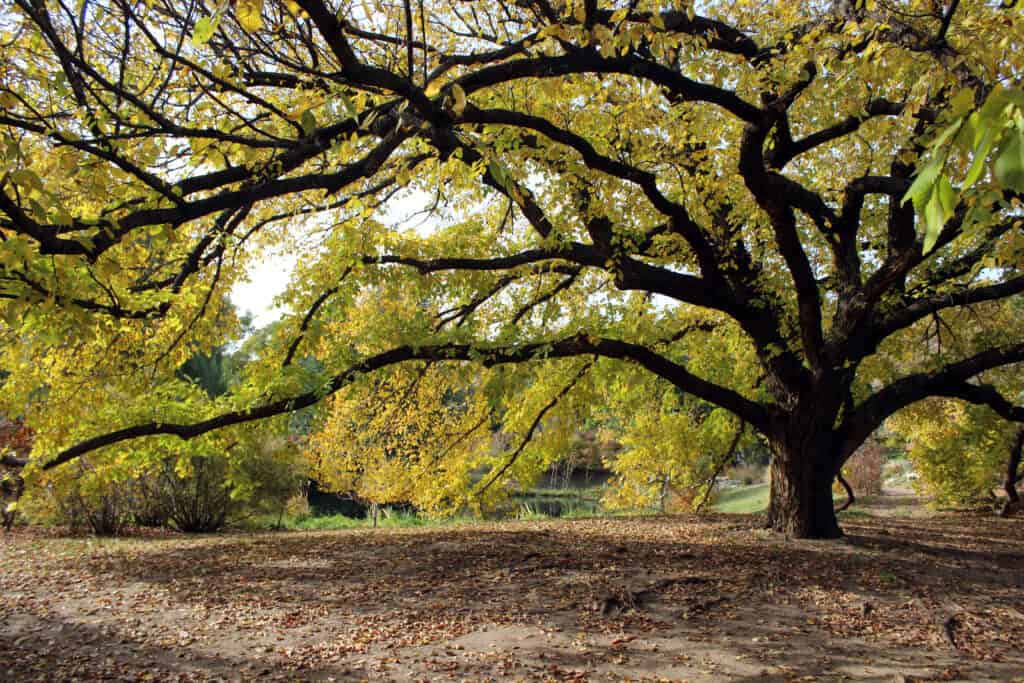In a world of towering buildings and fast-paced activities, access to green spaces has tremendous health benefits for people across socio-economic and demographic groups. Think about neighborhood parks, tree-lined streets, and urban forests. How easily does nature help you feel relaxed and free?
Perhaps you’re a plant parent who plants trees in your house to contribute to urban greening. Away from the importance of green infrastructure, planting trees today will be profitable for you down the road if you intend to sell your house. Homes with attractive landscaping and trees typically attract more buyers than those with more bare yards. Trees and landscaping can increase the value of your property by up to 20%.
In addition, trees lower the likelihood of flooding in your area by creating a barrier between your property and invading water. In summer, you might find that you don’t need to use air conditioning as much since trees prevent too much heat and sunlight from entering your home.
What better place to reap the environmental, health, and economic benefits of tree planting than Texas? Texas is home to the fourth most populous city in the country. This state is a tree lover’s delight. Many indigenous tree species are located in the Lone Star State. These include the piney woodlands of East Texas to the oak forests of Central Texas. However, consider the type of tree and what it will do for your yard before you put any tree there.
How to Choose the Right Tree for Your Environment
Planting depends heavily on the weather. Mild temperatures and rainfall are excellent for newly planted trees. Spring, early fall, and late winter are good times to plant. However, the plants need time to take root and adapt before the summer’s heat and dryness or the winter’s freezing temperatures.
One type of tree might be a better option than another based on the features of your home. In contrast to willow trees, which like incredibly moist soil, oak trees prefer some soil acidity.
How tall and wide will the tree be at maturity? Consider factors like overhead electricity lines that will restrict the tree’s height. As well as the proximity of your new tree to sidewalks, driveways, and houses.
Planting large trees like Cedar Elm or Pecan is recommended in right-of-ways at least 25-30 feet long and 6-8 feet wide. When they reach nearly 30 feet, they will have a wide-spreading canopy covering much of the yard and curb area.
Right-of-ways at least 15-20 long and 4-6 feet should be used to plant small trees, such as Mexican Plum, Vitex, Oklahoma Redbud, and Desert Willow. Small trees often don’t reach heights of more than 15 feet, so there is little risk of their growing tall enough to pose a danger when placed close to power lines.
Before purchasing, consult a local arborist about the best trees for your property, considering all relevant factors.
Fastest-Growing Trees
While it’s true that planting trees around your home is a form of long-term investment, you don’t have to wait long to enjoy the advantages of cooling shade in your yard, increased privacy, and higher property value if you plant any of these kinds.
Green Ash

Green ash trees are known for their expansive canopies, adaptability to varied soils, and fast rate of growth.
©iStock.com/Ethan R.
The hardy Green ash has an indigenous range that stretches from eastern Canada to southeastern Texas and northern Florida. It’s known for its expansive canopy, adaptability to many soil types, and fast growth. It has a growth rate of 2-4 feet each year, reaching 60 to 70 feet at its tallest height.
Green ash trees have yearly blossoms with ornamental value and moderately dense foliage. They’re widely used in landscaping across the United States.
While the green ash tree flourishes in various soils, it prefers soil with adequate nutrients and good drainage. It doesn’t matter what the soil pH is; it can thrive in a range of conditions, from alkaline to acidic.
It also thrives best in full sun. A minimum of six hours of daily direct, unfiltered access to the sun is a good place to start. Lack of sunshine will cause it to develop slowly and produce few flowers.
The emerald ash borer is one pest to look out for in your care for green ash trees. When pruning in the winter, look out for deadwood and structural issues. In the fall, fertilize and apply mulch as required.
Bald Cypress

Bald cypress trees thrive in the southern United States swamps.
©Danita Delimont/Shutterstock.com
This is the signature tree of the southern swamps, from Delaware south, Florida to Texas, and farther west into Missouri. It also thrives in considerably colder places such as Minnesota, New York, and Southern Canada.
What’s not to love about the sight of bald cypress trees? The relaxing effect of its sage green color or the feathery needles that hang from its arching, semi-pendulous branches?
Typically, this tree grows near or in standing water (this explains its other common name, swamp cypress), but it doesn’t imply that it needs water to flourish. Any soil with a modest amount of moisture and acidity is just fine.
Your bald cypress should be planted next to a river, pond, or lake if your property borders one of those bodies of water because it looks great there.
Although it usually tops out between 50 and 70 feet tall in most landscaping settings, the bald cypress tree may reach heights of about 120 feet in its natural environment. They will likely provide shade for your home because of their expected width of 20 or 30 feet.
Bald Cypress trees aren’t high maintenance, mainly after they have grown to a specific size. However, their needles change to a lovely shade of red in fall, which will brighten up your yard.
Some pests to look out for include cypress moths, cankers, fruit tree leafroller, spider mites, and twig blight.
Sycamore

Sycamore trees make excellent shade trees in parks, stream banks, and other open spaces.
©iStock.com/Marina Denisenko
Sycamore trees are one of the enormous deciduous trees in the eastern United States. They’re typically on lush bottomlands and along streams east of Texas. They can reach heights of up to 75 to 100 feet with a similar spread. The height can even go higher under the right conditions.
They are also called buttonball and buttonwood trees because of the inch-sized balls that dangle from the tree throughout winter. The balls then drop to the ground in the spring. The tree’s bark has a distinctive camouflage pattern made of patches of grayish-brown outer bark that peel off to reveal light gray or white wood underneath.
Sycamore trees grow to massive sizes, making them unsuitable for the typical residential landscape. Still, they make excellent shade trees in parks, stream banks, and other open spaces.
Early spring or late winter are the best times to plant a sycamore tree in rich, wet, deep soils for optimum growth. They grow fast and withstand wind, rain, drought, and pollutants.
American Elm

The American elm tree is native to eastern and central North America.
©Aejahn/Shutterstock.com
The American elm is renowned for its vase shape and rounded crown on top of a strong trunk. It’s native to eastern and central North America, including Texas. The height reaches 50 to 60 feet, depending on the prevailing circumstances, with an annual growth rate of 3 to 6 feet. They have a lovely fountain-like canopy that extends out widely (30 to 60 feet) and offers abundant shade.
American elms were among the most prevalent street and shade trees throughout much of the United States until the outbreak of Dutch elm disease. Dutch elm disease is an airborne bark beetle-transmitted deadly fungal disease that targets the water-conducting tissue of the tree, causing wilting, defoliation, and death. However, this disease isn’t as common in Texas.
These trees, like other Elms, like moist, healthy soil with good drainage and either full sun or light shade. Therefore, both dry and wet soil is no problem for them. They make lovely street trees since they can survive in urban environments. However, planting one close to a sidewalk can result in high spots and cracks.
After planting, cover the tree with mulch. Mulch improves soil moisture retention and minimizes weed competition. Use a 5cm layer of light mulch, such as pine needles, hay, chopped-up leaves, and 7.5 cm of bark mulch.
Cherry Laurel

Cherry laurels produce flowers and berries.
©iStock.com/Janny2
Cherry laurels are evergreen and lovely trees that can grow over 25 inches each year. Despite their small size, they grow at a rate comparable to or quicker than the large trees on the list, allowing them to achieve their maximum height of 40 feet rapidly.
Although cherry laurels won’t provide as much shade, they do have their benefits. The cherry fruit ripens in the fall and is enjoyed by birds, but it’s toxic for humans. The delicate white blooms in spring have a sweet scent, and the tree is drought-resistant.
Although fall is ideal, it is better to plant cherry laurel between October and March. This gives the roots time to develop before winter. It will require more frequent watering if you grow this tree during the warmer months.
Cherry laurel plants can grow in practically any environment but cannot withstand freezing temperatures. Therefore, the cherry laurels will thrive in a climate of 59 to 68 degrees.
It can survive various lighting situations, including full sun, moderate shade, and even complete darkness. Therefore, the optimal conditions for these shrubs to develop are cooler climates with greater sun exposure and warmer climes with more shade.
The photo featured at the top of this post is © Vahan Abrahamyan/Shutterstock.com
Sources
- Moon Valley Nurseries / Accessed September 24, 2022
- Arbor Day / Accessed September 24, 2022
- Texas Trees / Accessed September 24, 2022
- The Spruce / Accessed September 24, 2022
Thank you for reading! Have some feedback for us? Contact the AZ Animals editorial team.







